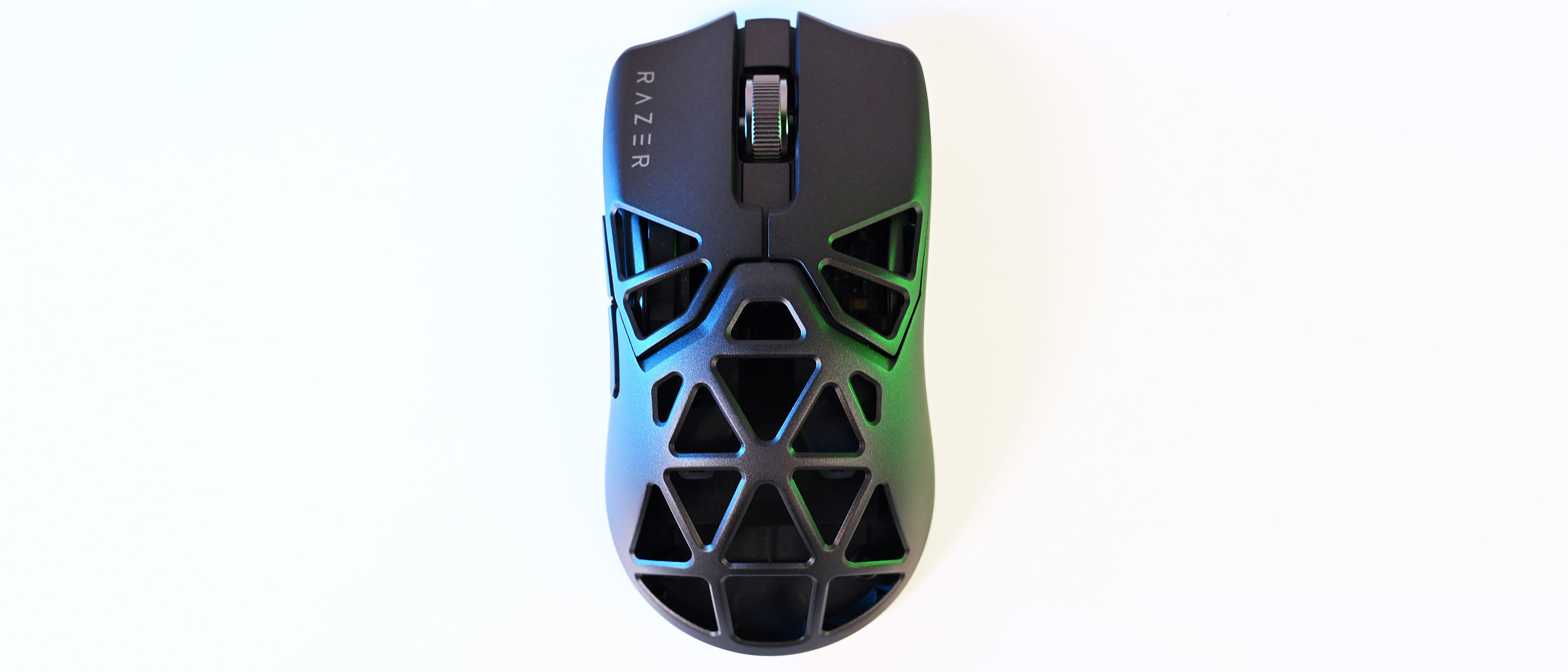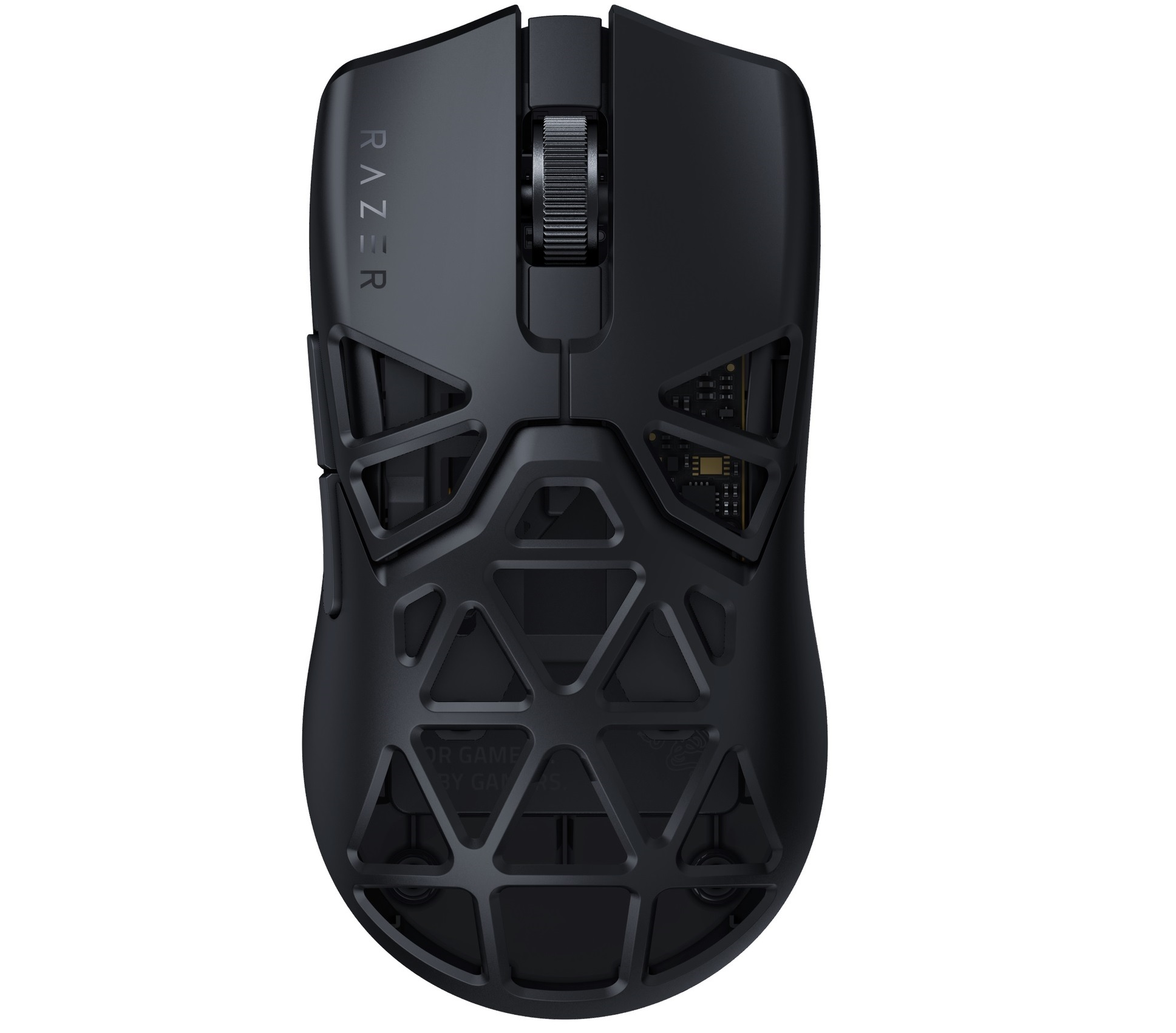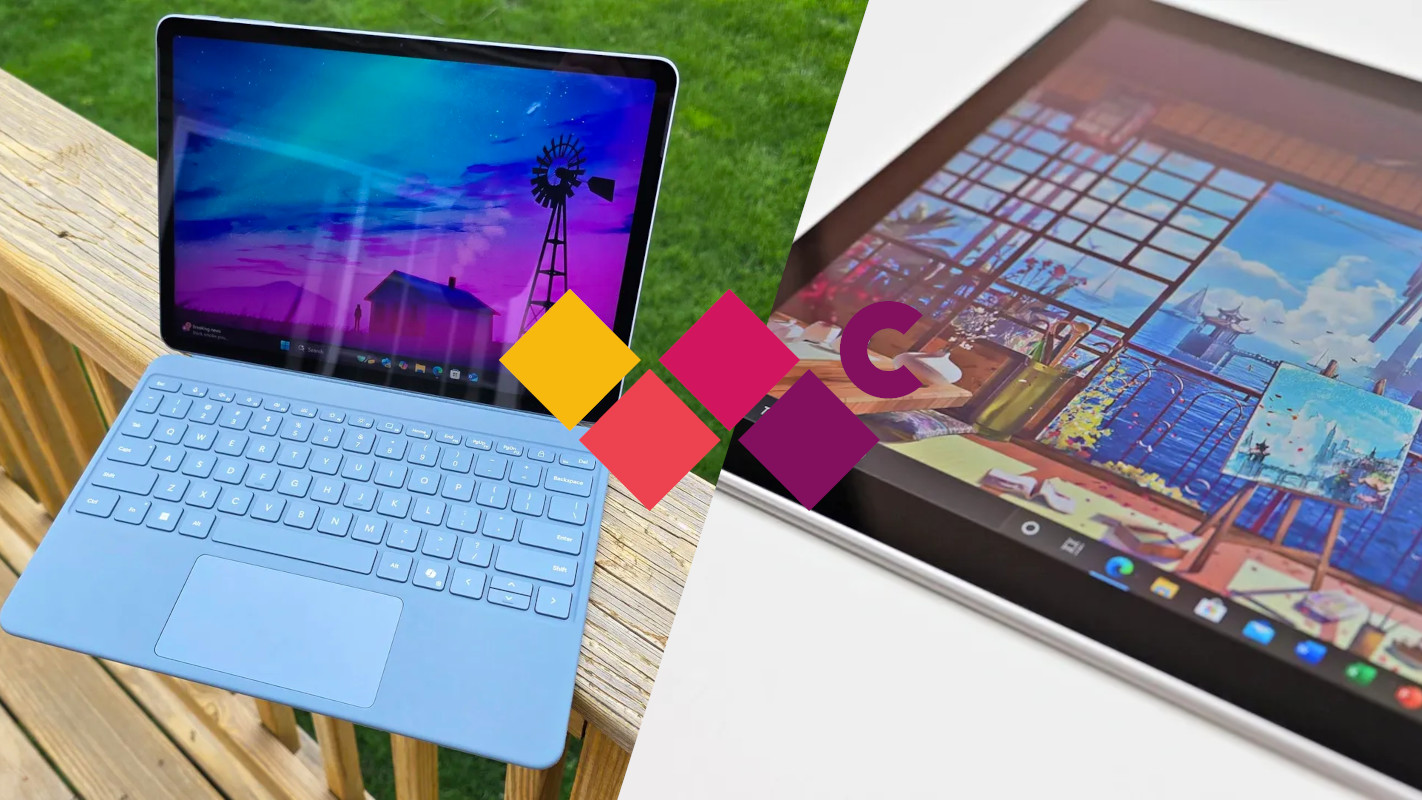Windows Central Verdict
The Razer Viper Mini SE is a rare product that exceeds at everything. It boasts a 30K optical sensor and 4,000Hz HyperPolling. But what makes it unique is the magnesium alloy exoskeleton design, which brings its total weight down to just 49 grams — nearly 10 grams lighter than its previous lightest mouse. Pro gamers and those who yearn for the best will be more than happy with its lightweight and superior performance, but it does come at a very hefty price.
Pros
- +
Wireless
- +
Fast charging
- +
Nothing else like it
- +
It weighs just 49 grams
- +
30K DPI, 4K HyperPolling
- +
Strong magnesium alloy build
Cons
- -
Insanely expensive
- -
Limited production
- -
Right-handed only
Why you can trust Windows Central
"It’s so light it feels not hollow but completely fake."
That’s the first experience picking up Razer’s new Viper Mini Signature Edition (SE) gaming mouse. Putting aside the fact that it arrives in a fancy watch box with an embossed metal label, the Razer Viper Mini SE is unlike anything you have seen or felt.
And let’s address the elephant in the room: Yes, it costs $279.99.
You probably think that price is absurd. And you’re right. But then again, everything about this mouse is ridiculous.
Ridiculously awesome.
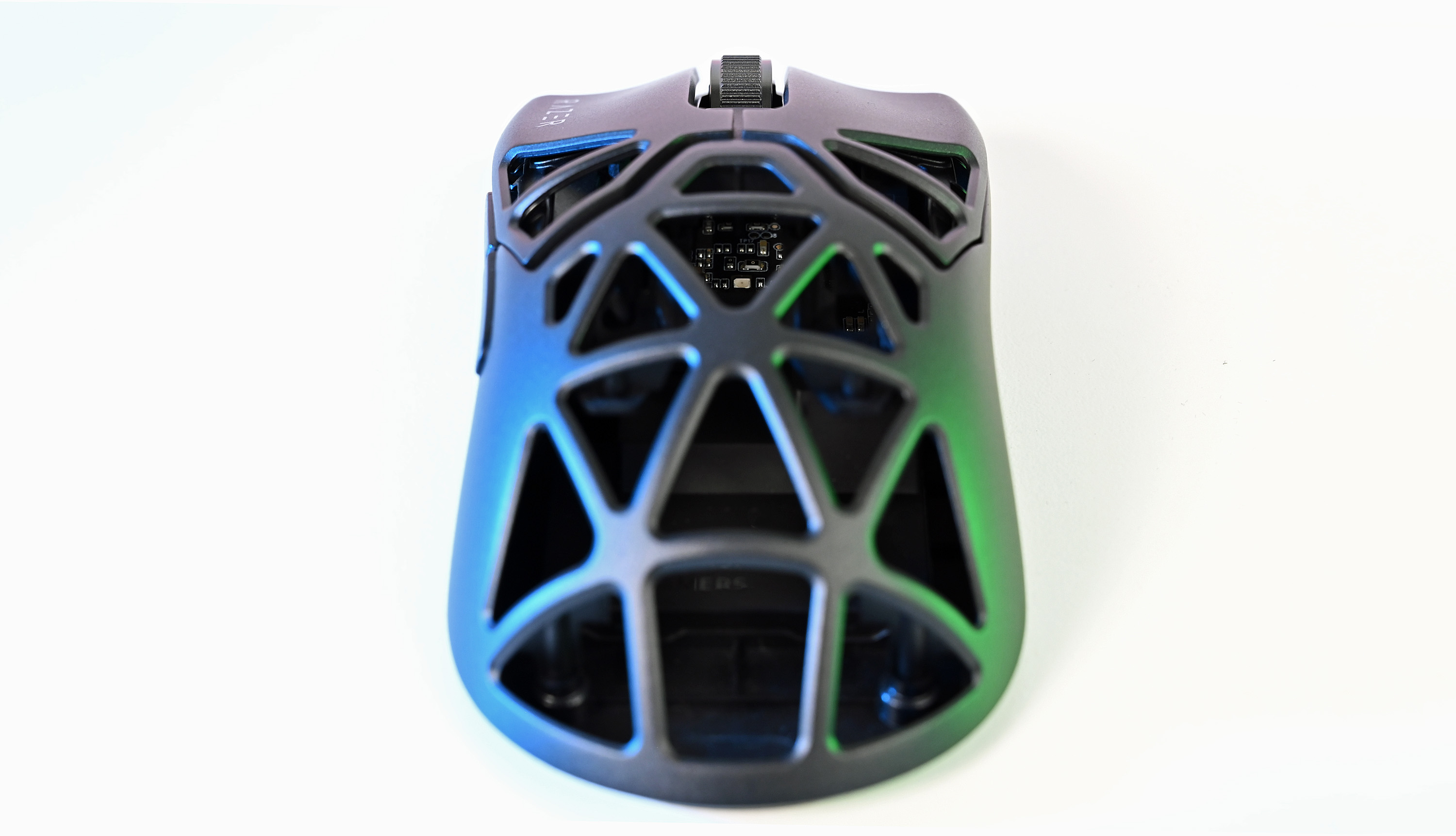
Razer Viper Mini SE: Design and specs
Let’s start with the fact that it weighs an insanely light 49 grams. To put that into context, Razer’s top-tier 2022 Viper V2 Pro, its most lightweight mouse, comes in at a hefty 58 grams by comparison. And achieving those 58 grams was no small feat, as even the color choice affected its weight (the white version is technically 59 grams).
So, how did Razer blow past its previous record by nearly 10 grams? First, it couldn’t use plastics as it already pushed how thin that material could get. And if it cut holes into the chassis, like some other companies do to shave off weight, the structural integrity would be compromised. (Translation: You’ll crack it like an egg during intense gaming sessions.)
Instead, the Razer turned to anodized magnesium alloy – an expensive and tricky material. In going with magnesium alloy, the company could create an exoskeleton of a mouse. The light alloy with significant gaps is strong enough to give the Viper Mini SE a rock-solid foundation. I mean, it’s literally metal.
But there’s a problem with creating a mouse exoskeleton: It’s complicated as hell.
First, Razer needs to create the molded parts (and then de-gate and remove the runner). Next, each mold is injected with magnesium alloy, and every mold is destroyed when pulling out the pieces. Then the newly created mouse chassis is CNC machined, polished, passivated, painted, and assembled.
You’d be correct if all of that sounds like a huge pain in the ass.
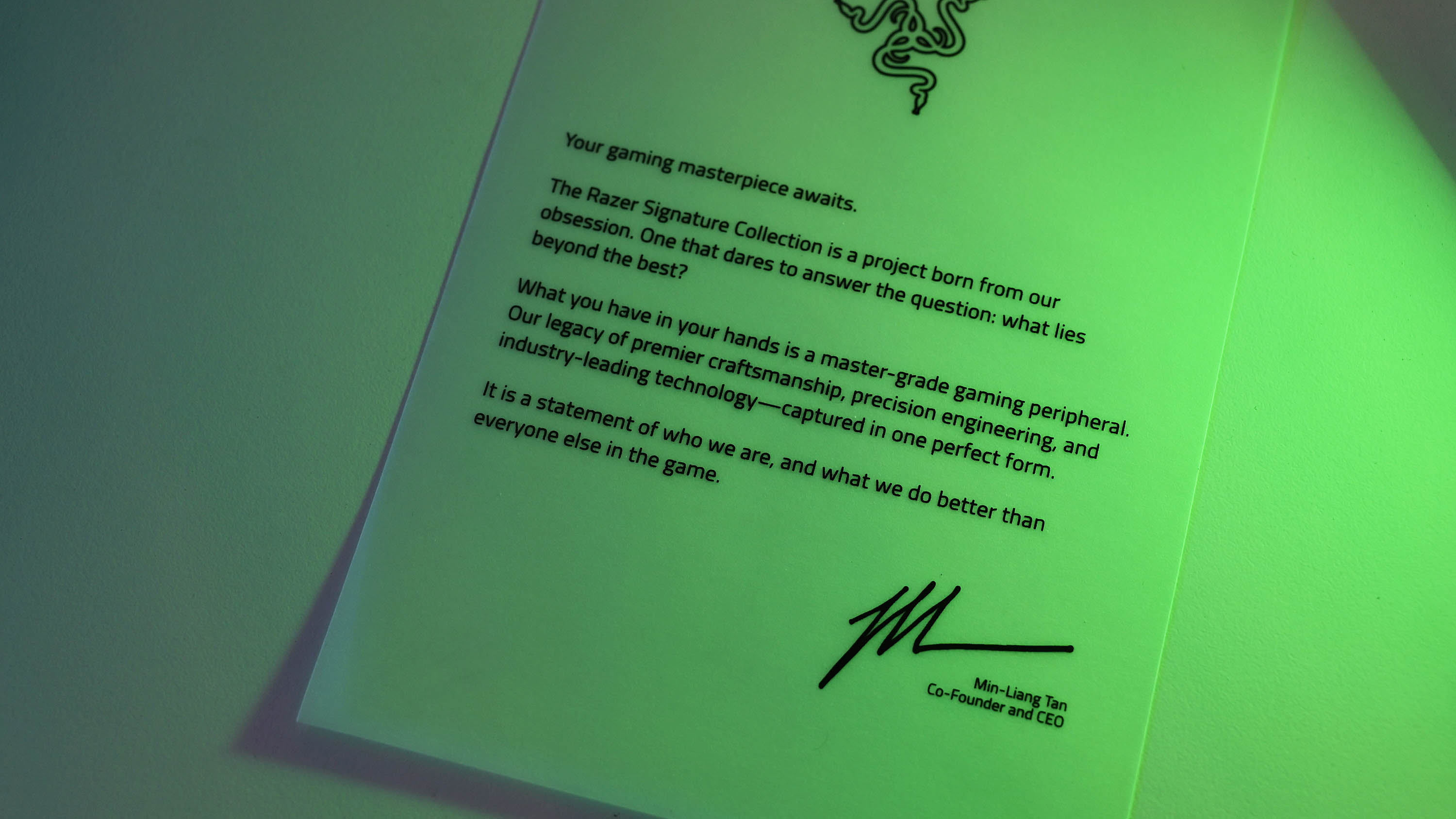
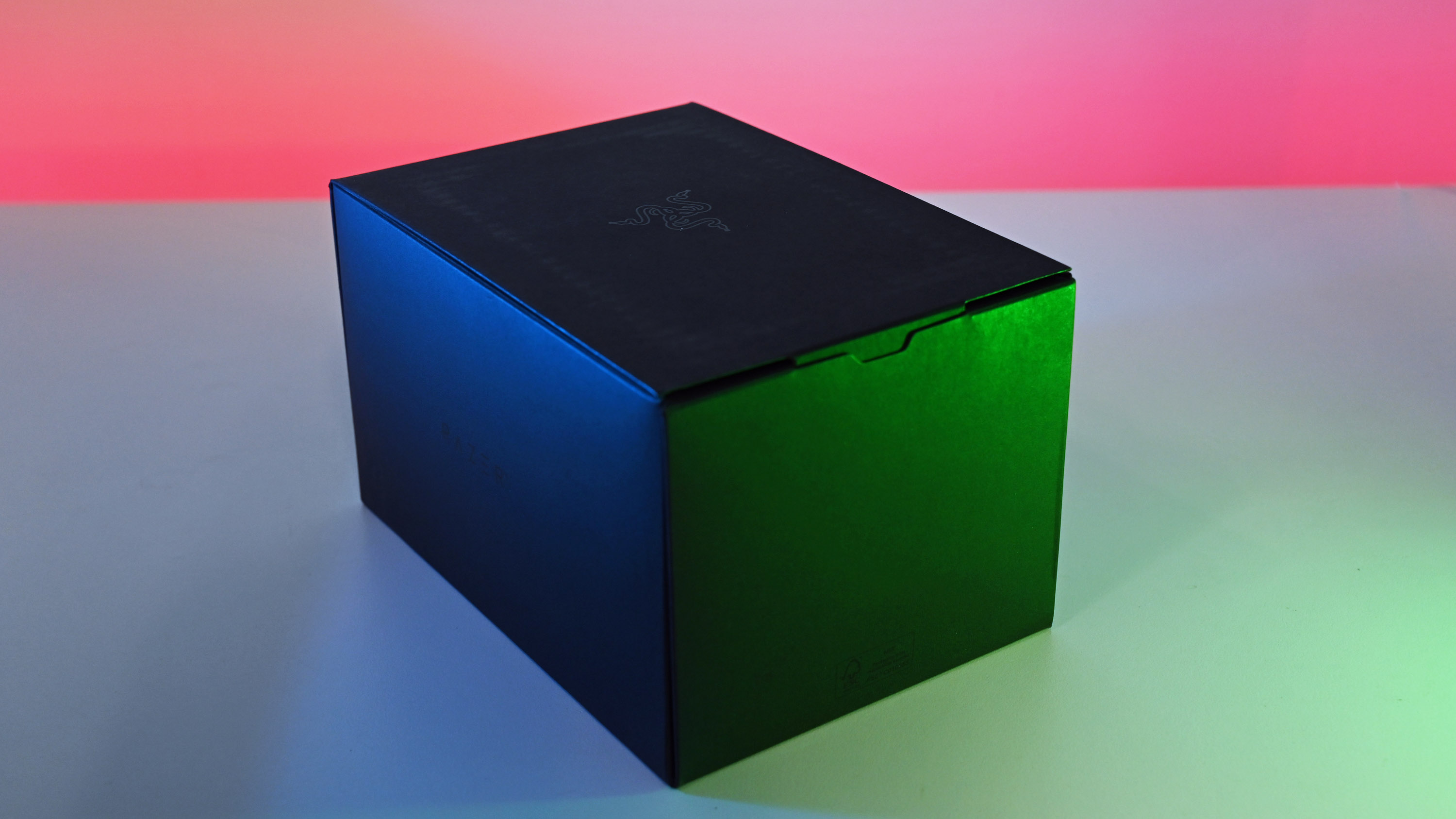
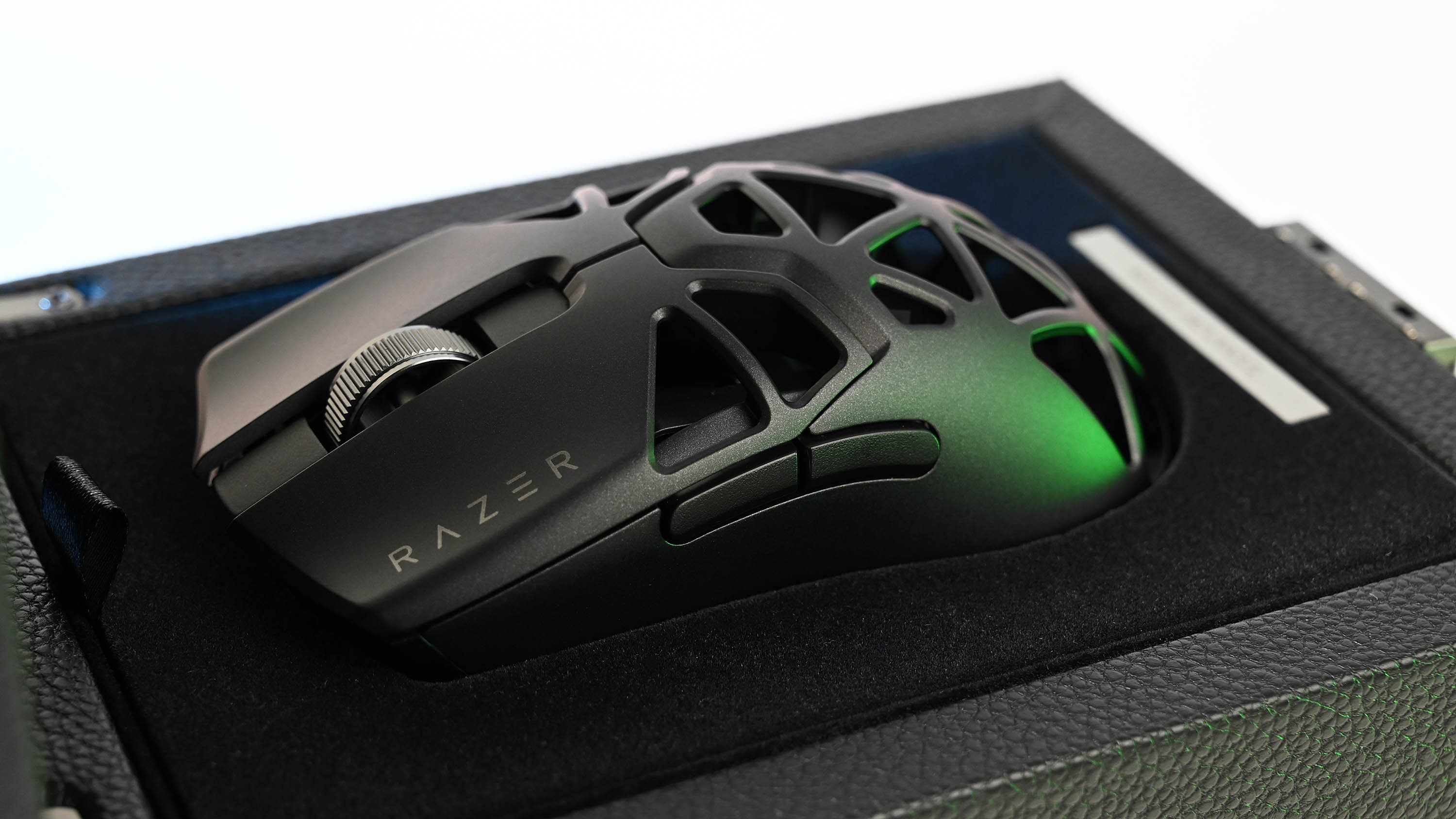
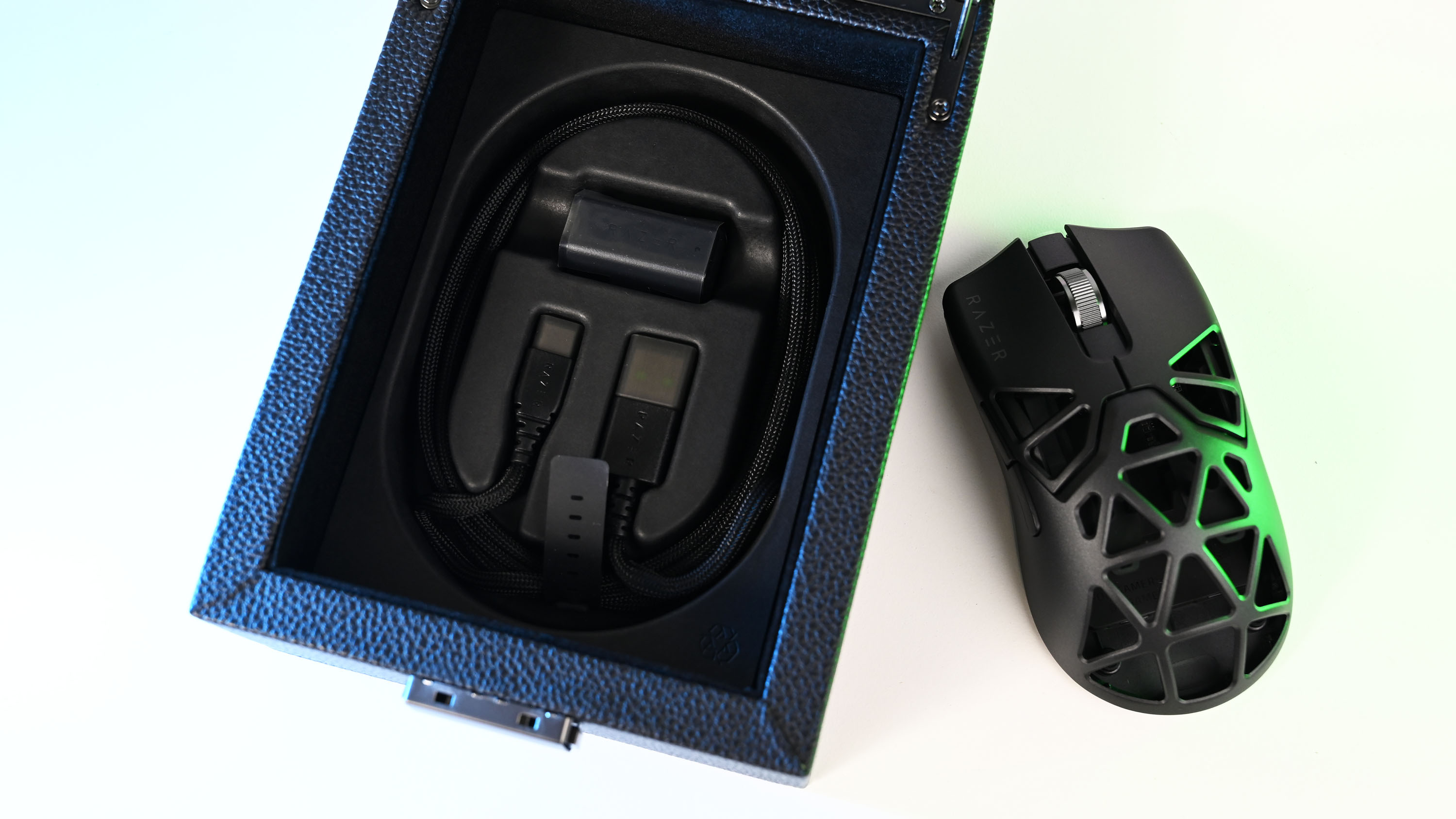
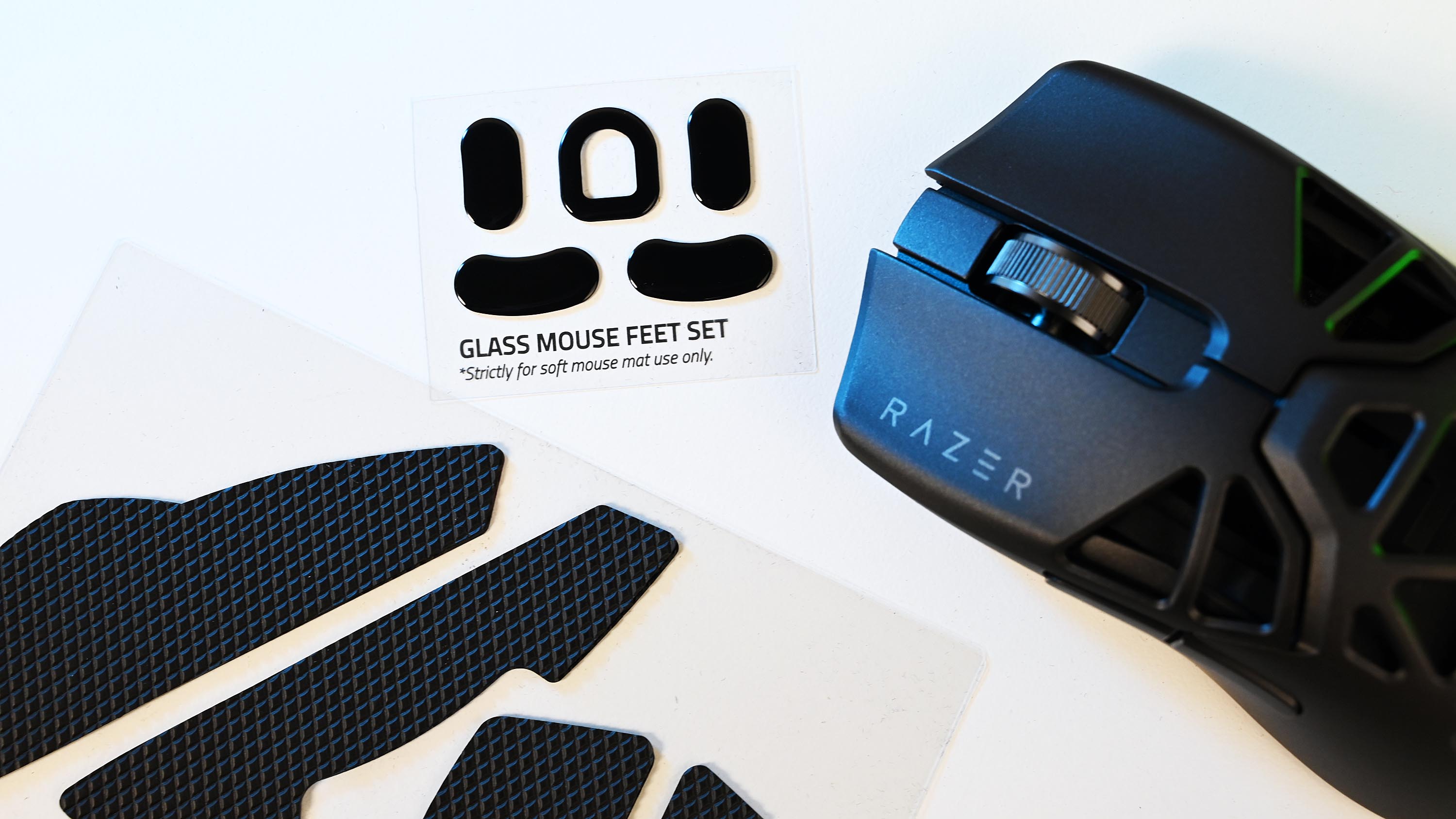
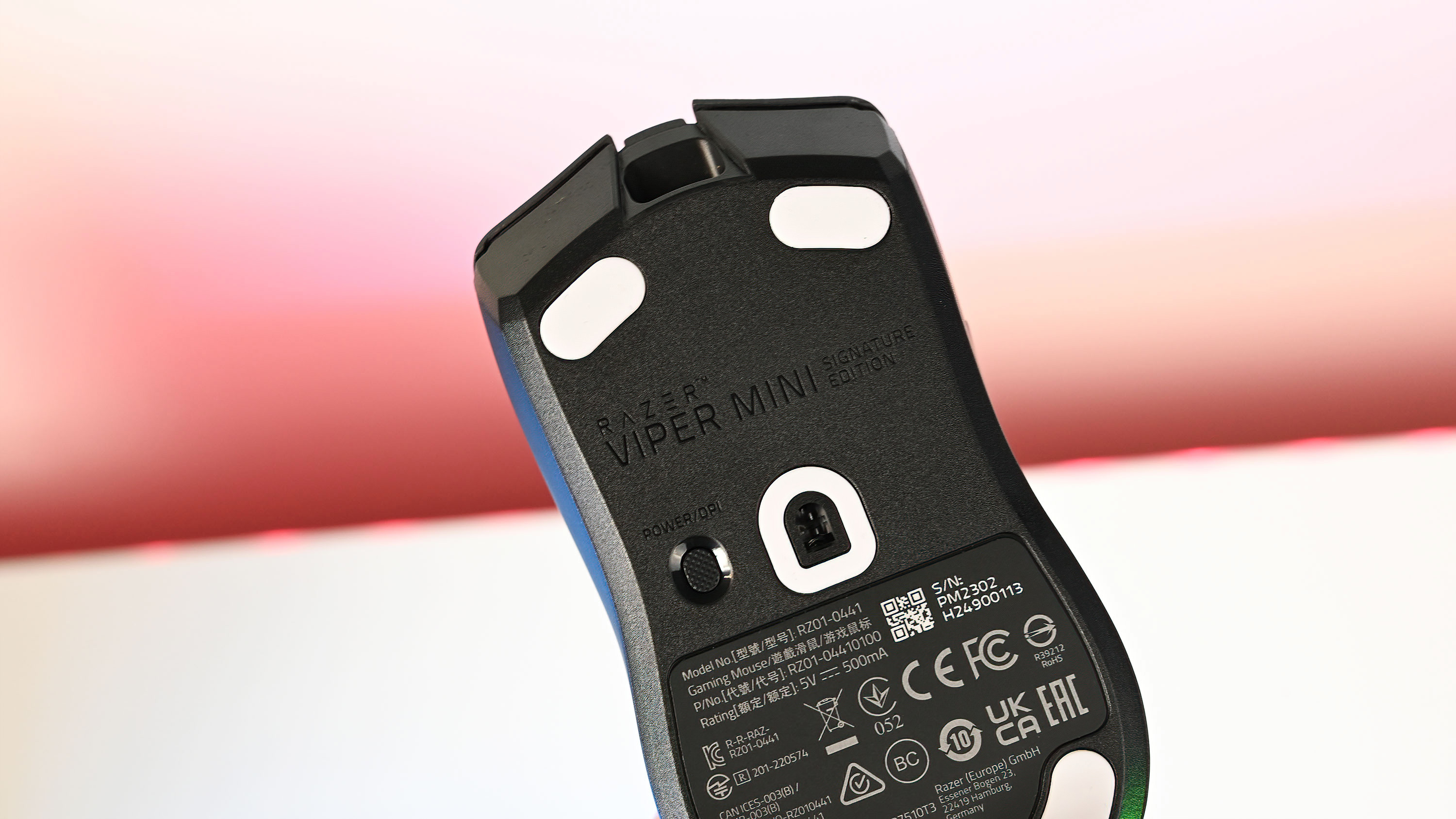
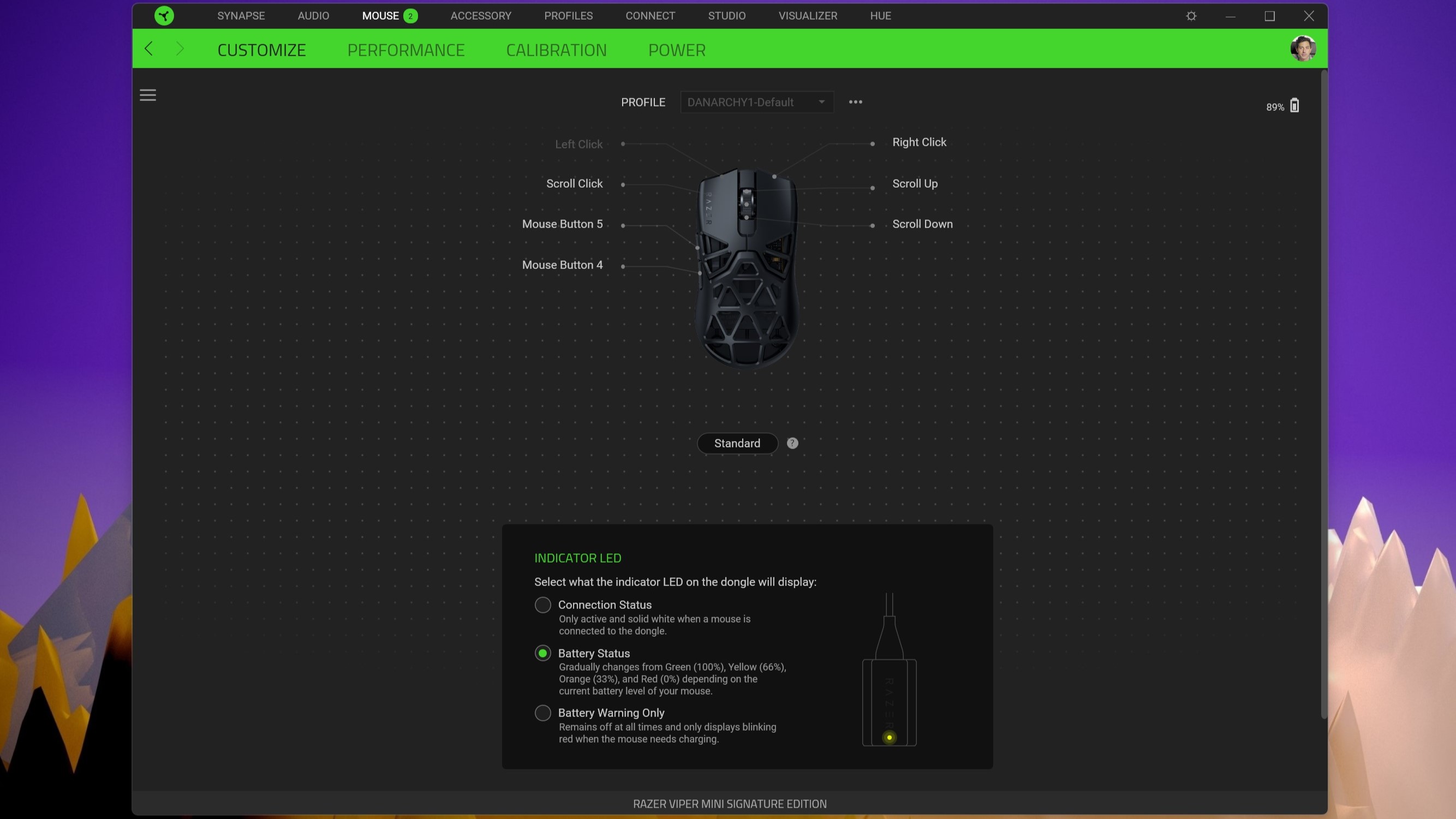
Of course, during assembly is where Razer drops in all the technology and, as you would guess, the Viper Mini SE is packed with everything Razer has in its arsenal:
| Form factor | Right-handed |
| Connectivity | Wireless: Razer HyperSpeed |
| Row 2 - Cell 0 | Wired: Speedflex Charging Cable (Type-C) |
| Battery life | Up to 60 hours |
| Sensor | Focus Pro 30K Optical |
| Max sensitivity | 30,000 DPI |
| Max speed | 750 IPS |
| Max acceleration | 70 G |
| Programmable buttons | 5 |
| Switch type | Optical Gen-3 |
| Mouse feet | PTFE or Glass |
Yeah, it’s not just looks or its lightness. Instead, the Viper Mini SE goes head-to-head with Razer’s current best mice, including Razer Basilisk v3 Pro (my favorite), Razer Viper V2 Pro, and Razer DeathAdder V3 Pro. That includes 30,000 DPI, optical Gen-3 switches, and an “OMG WOULD YOU STOP ALREADY” 4,000Hz HyperPolling dongle.
It also has new battery technology, letting it fully recharge within 90 minutes.
Okay, it doesn’t have everything. The Viper Mini SE lacks Razer Chroma RGB for obvious reasons (LEDs aren’t lighter than air).
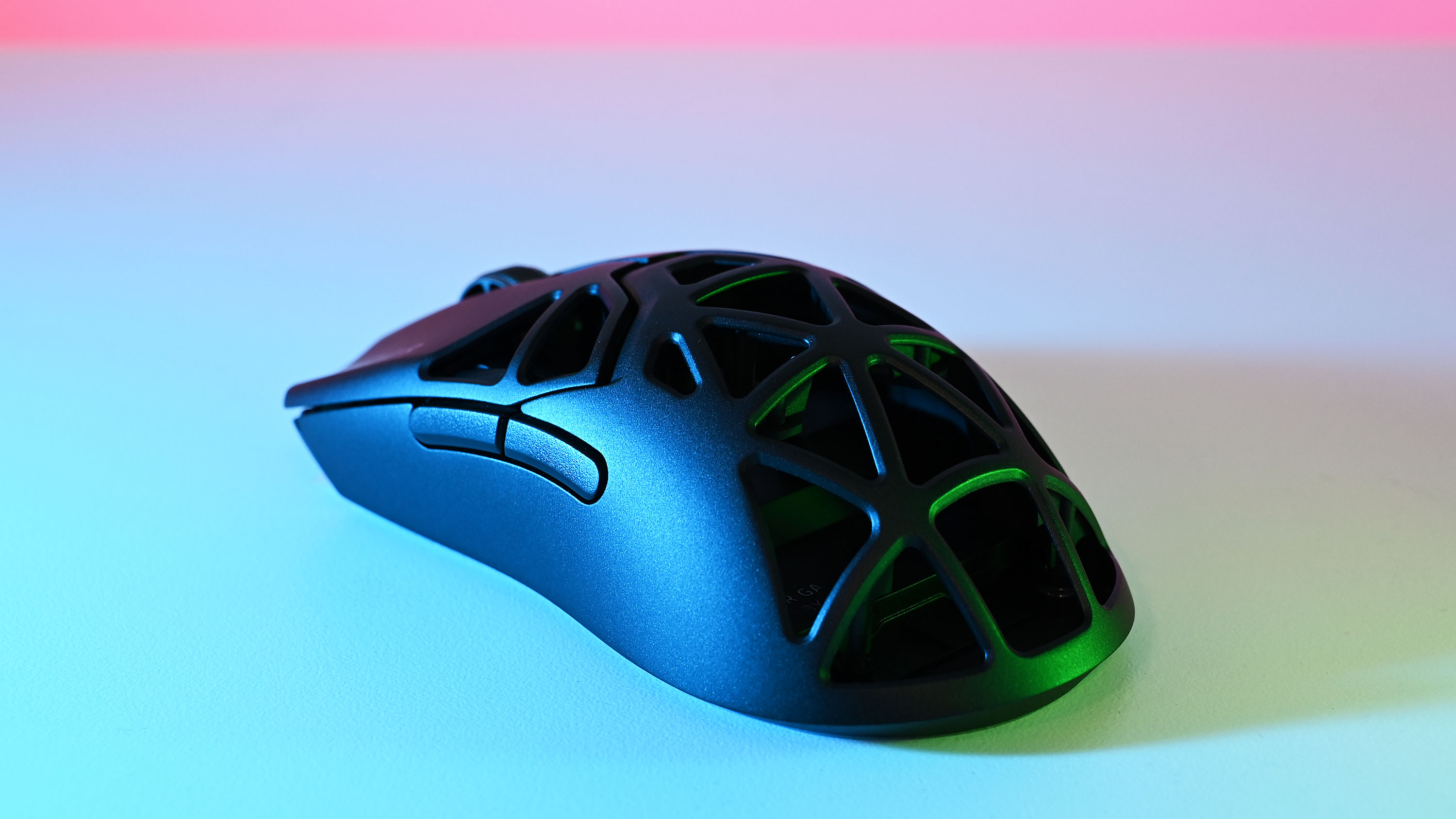
Razer includes custom rubber grip tape and probably my favorite ... optional glass mouse feet for soft mat use only. Oh, sorry, it's Corning Gorilla Glass 3 mouse feet.
Operating the Viper Mini SE is simple enough. There are only three buttons (four if you count the scroll wheel), and you can do on-the-fly DPI changes with the bottom switch (which also acts as the power toggle).
Razer Viper Mini SE: Who’s it for?
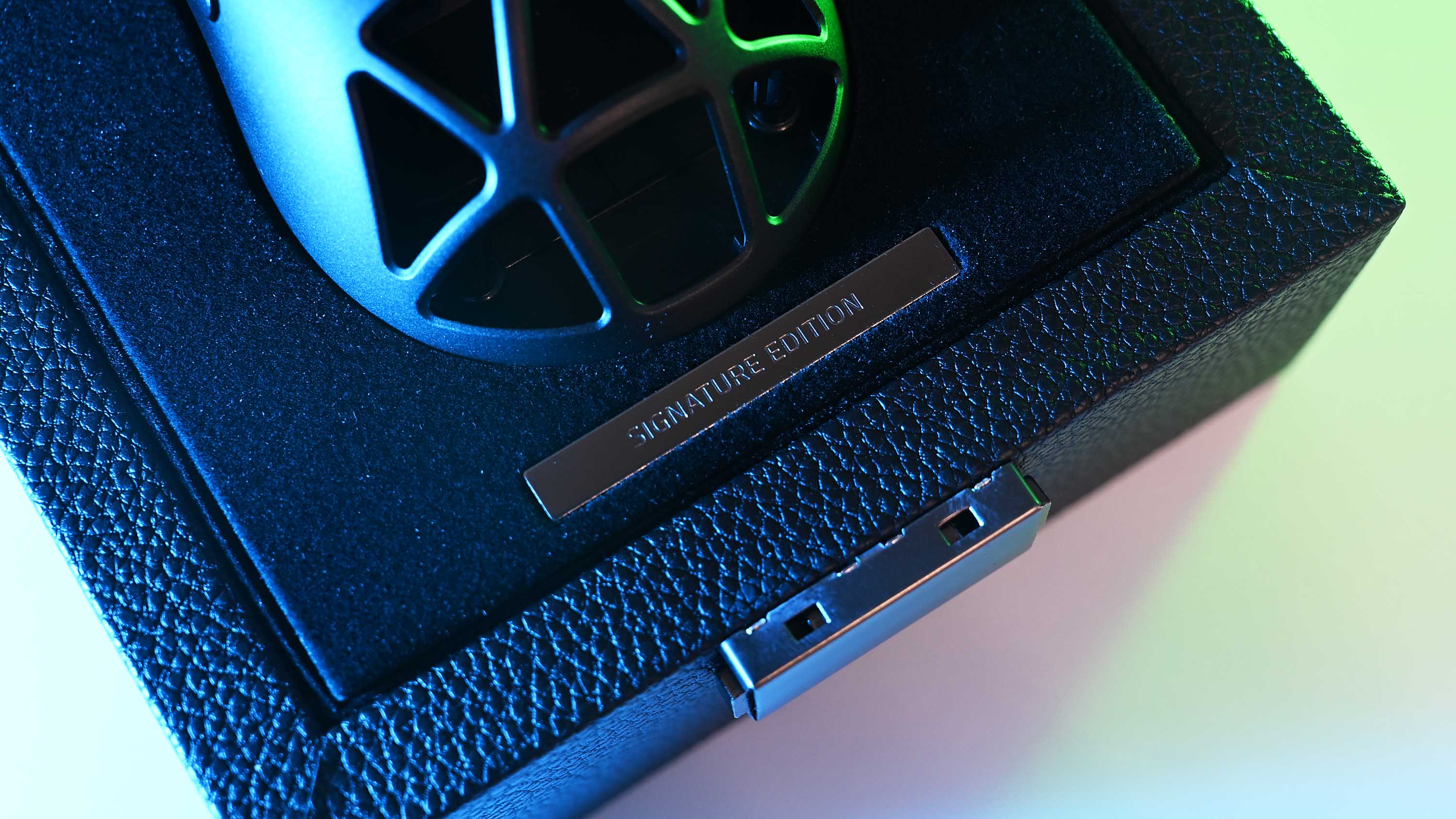
Razer is under no illusions here. It knows the Razer Viper Mini SE is something special. It’s not just top tier; it’s beyond that. I like to think of it like wristwatches. Everyone on the street knows Rolex and thinks they’re the most prestigious. But real watch nerds know Audemars Piguet, Girard-Perregaux, Lange & Söhne, and probably the most ridiculous, Richard Mille, is at a much higher level.
That’s the Viper Mini SE.
If the Razer Viper v2 Pro is a 2022 Ferrari the Viper Mini SE is a Koenigsegg CCXR Trevita.
Razer didn’t make the Viper Mini SE to sell hundreds of thousands of them. The included note says, “What you have in your hands is a master-grade gaming peripheral. Our legacy of premier craftsmanship, precision engineering, and industry-leading technology – captured in one perfect form.”
It’s a statement piece of what Razer is capable of doing. Don’t overthink it.
Is the Razer Viper Mini SE a limited edition?
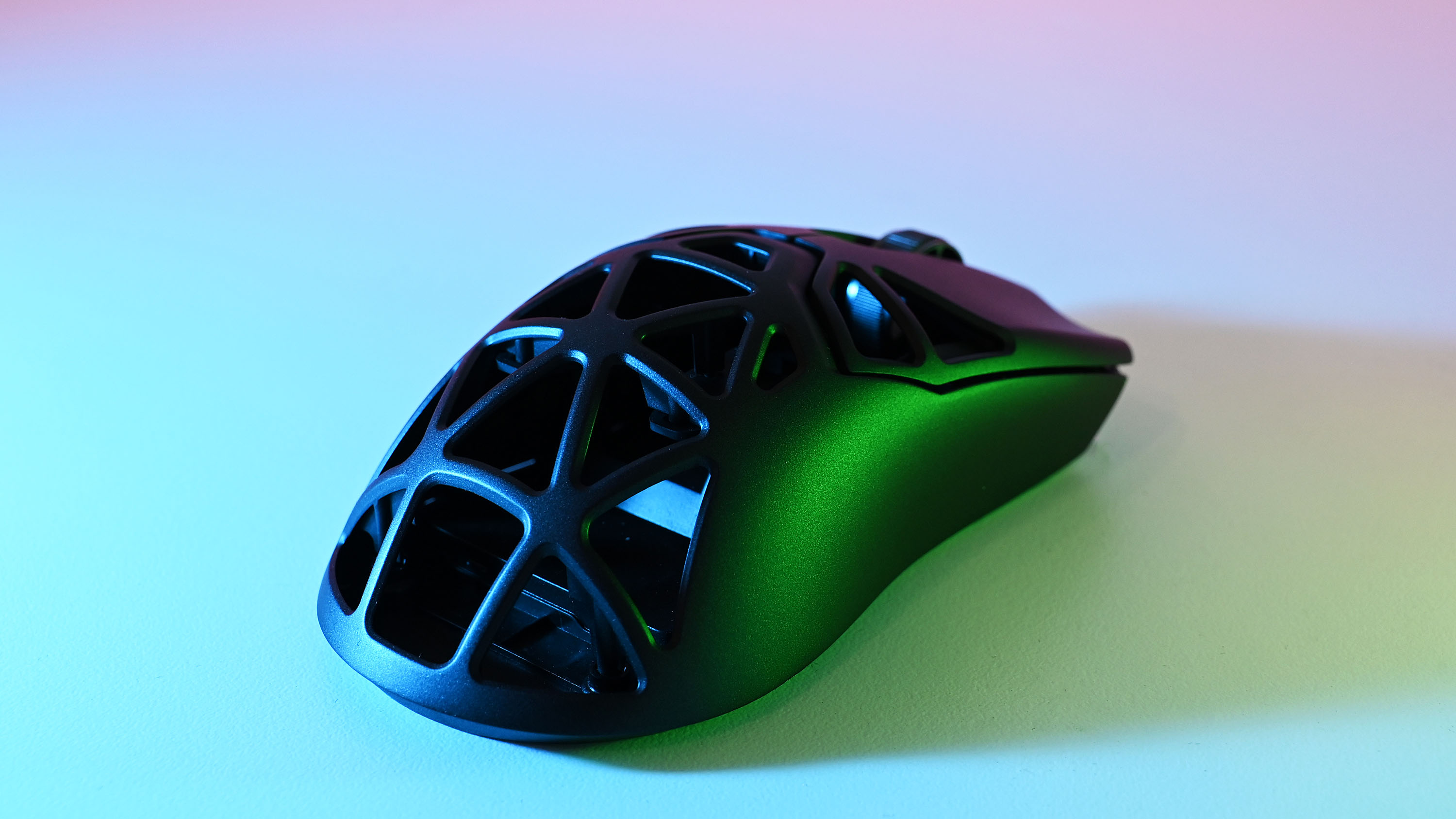
The Viper Mini SE is not a limited edition, but it is more of a limited production. Due to the complexity and pricing, Razer will likely create them in small batches, so you’ll have to wait for occasional drops.
The first drop for the Viper Mini SE is Saturday, February 11th, and it is only sold through Razer.com.
How is using the Viper Mini SE?
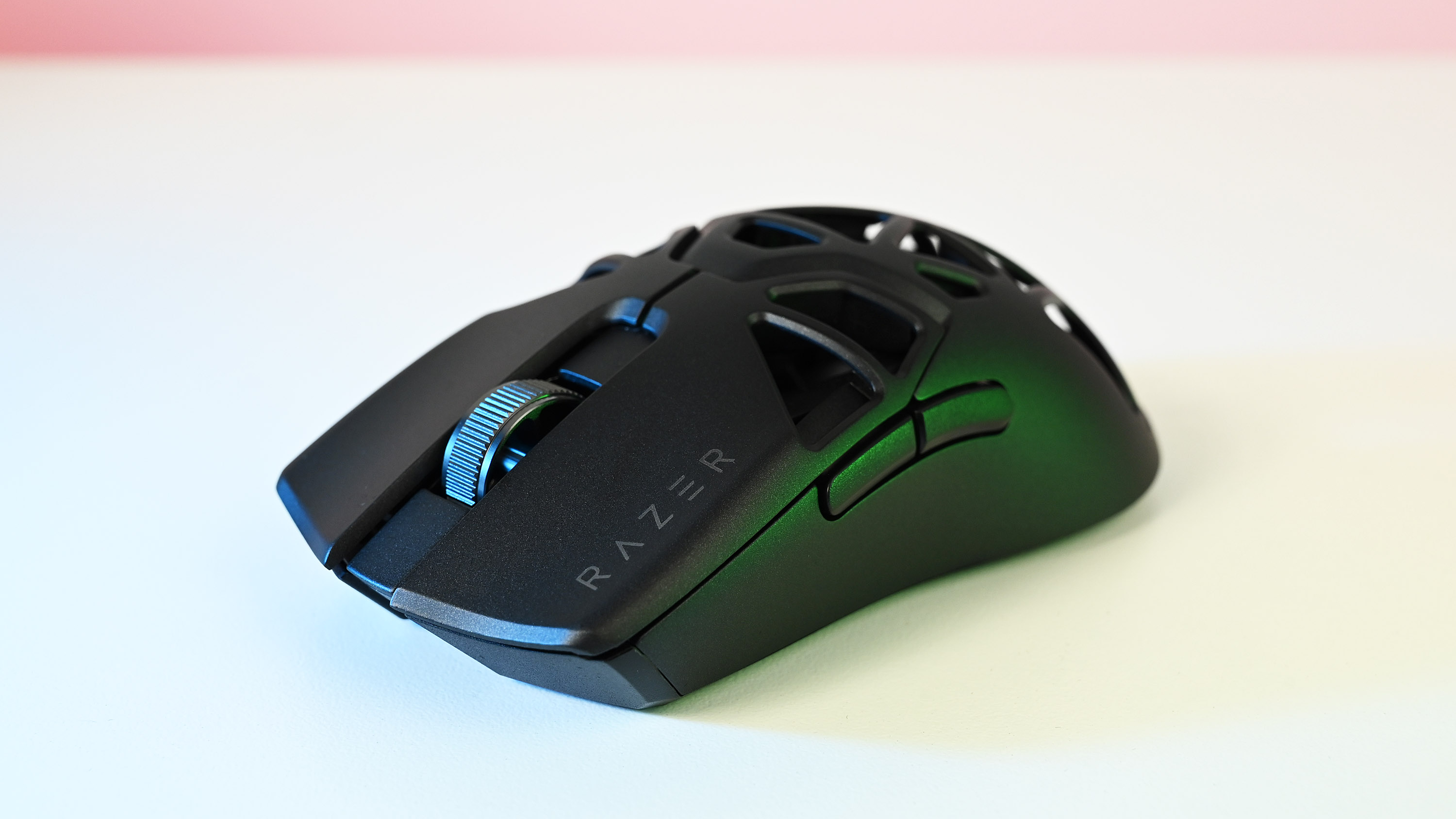
It’s weird because it’s so light, but I understand why a pro-gamer would love to use it. The buttons, ergonomics, performance, and design are all excellent. There’s a reason why the Viper series is so popular.
My only concern? Don’t spill your drink near it, as there is very little between you and the printed circuit board and electronics!
Anything else that’s cool about the Viper Mini SE?
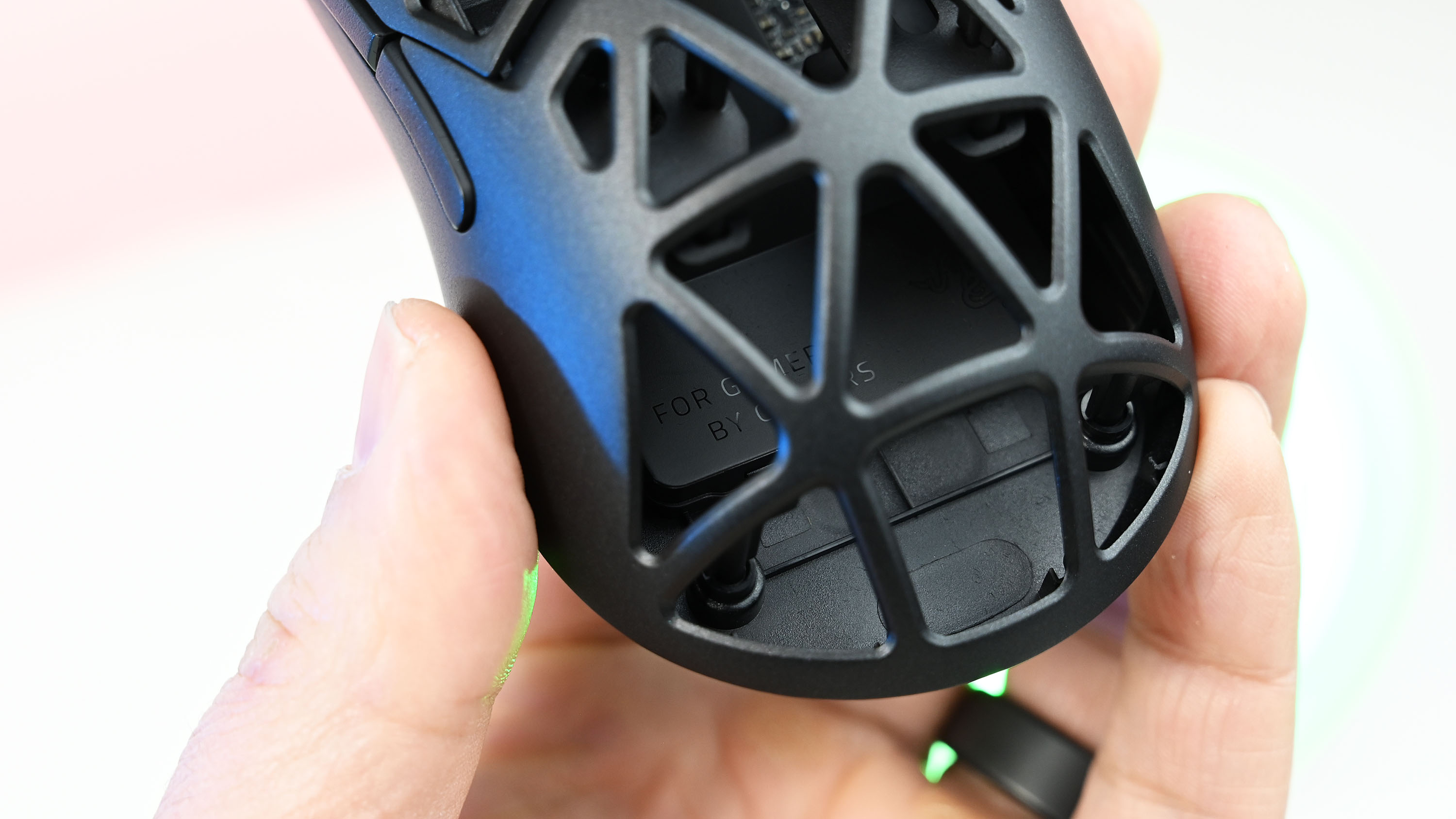
If you peer inside, you can make out Razer’s famous slogan: "Made for gamers by gamers," along with Razer’s three-headed snake (THS) logo.
Does the Razer Viper Mini SE have any competition?
The tl;dr is no.
However, if you notice, I haven't said that the Viper Mini SE is the lightest mouse in the world. That honor, as far as I can tell, goes to the FinalMouse Ultralight 2, which is 2 grams lighter at 47 grams.
That said, that mouse is sold out on FinalMouse's website and is fetching a premium at $260 (retail was $120) on Amazon. In addition, it is plastic, only has a 500Hz polling rate (vs. 4,000Hz), 3200 DPI (vs. up to 30K), is wired, has no tuning software, and is from a much smaller boutique company with some questionable customer support.
So, while FinalMouse's Ultralight2 is lighter, I don't think it holds a candle to the Razer Viper Mini SE regarding onboard technology, material base, resiliency, connectivity, speed, tuning, or accuracy.
Should you buy the Razer Viper Mini SE?
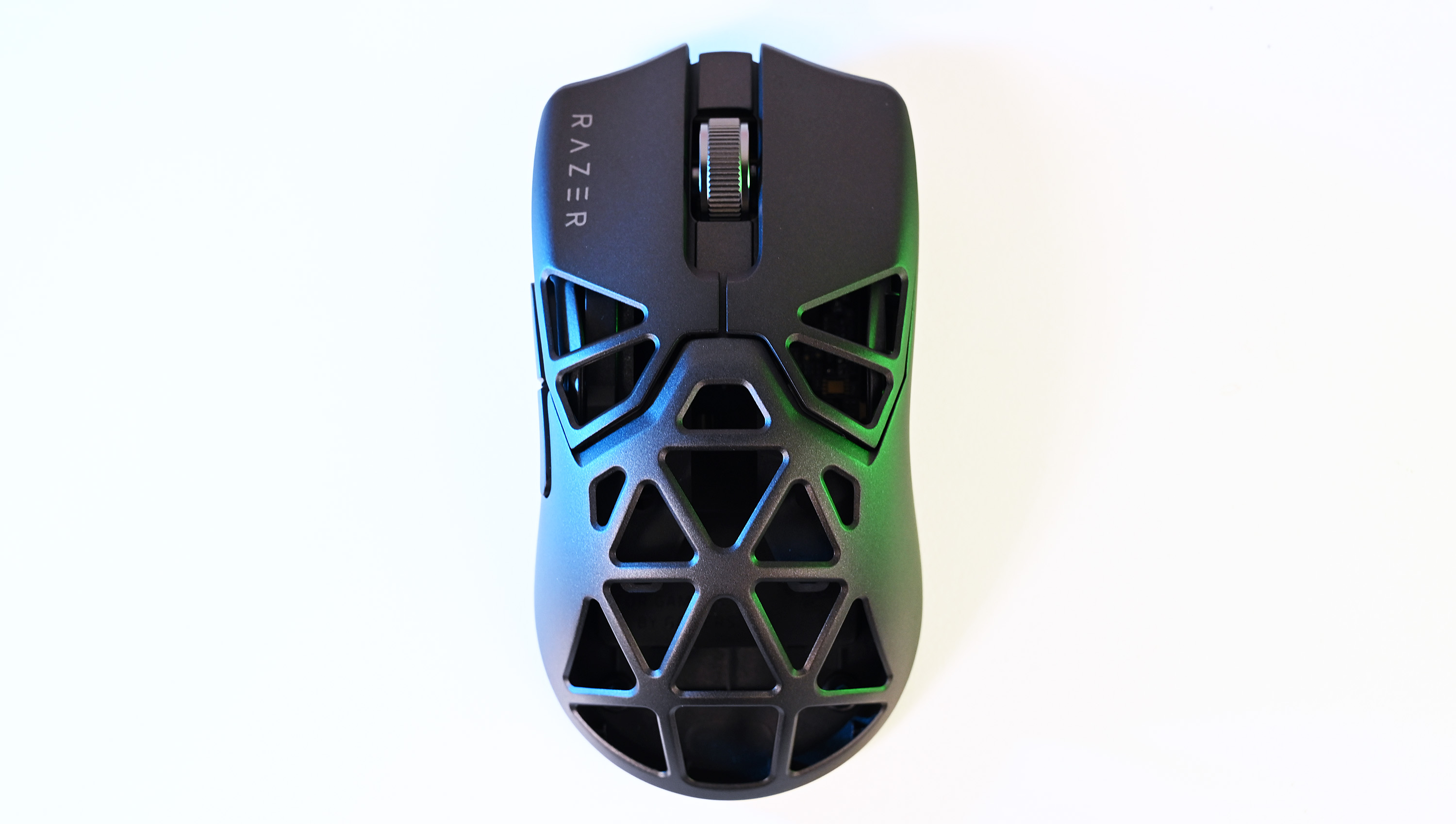
Your average gamer is not even part of this equation. If you’re the one percent in gaming which also makes some nice bank, what’s cooler than showing up to a LAN party or streaming on Twitch with the world’s lightest and most expensive gaming mouse?
So yeah, it's an easy recommendation.
The Razer Viper Mini SE is unique, impressive, and highly performative, demonstrating why Razer “do better than everyone else in the game.” It’s not wrong. No one else is ever going to make this mouse.

Daniel Rubino is the Editor-in-chief of Windows Central. He is also the head reviewer, podcast co-host, and analyst. He has been covering Microsoft since 2007 when this site was called WMExperts (and later Windows Phone Central). His interests include Windows, laptops, next-gen computing, and wearable tech. He has reviewed laptops for over 10 years and is particularly fond of 2-in-1 convertibles, Arm64 processors, new form factors, and thin-and-light PCs. Before all this tech stuff, he worked on a Ph.D. in linguistics, performed polysomnographs in NYC, and was a motion-picture operator for 17 years.
